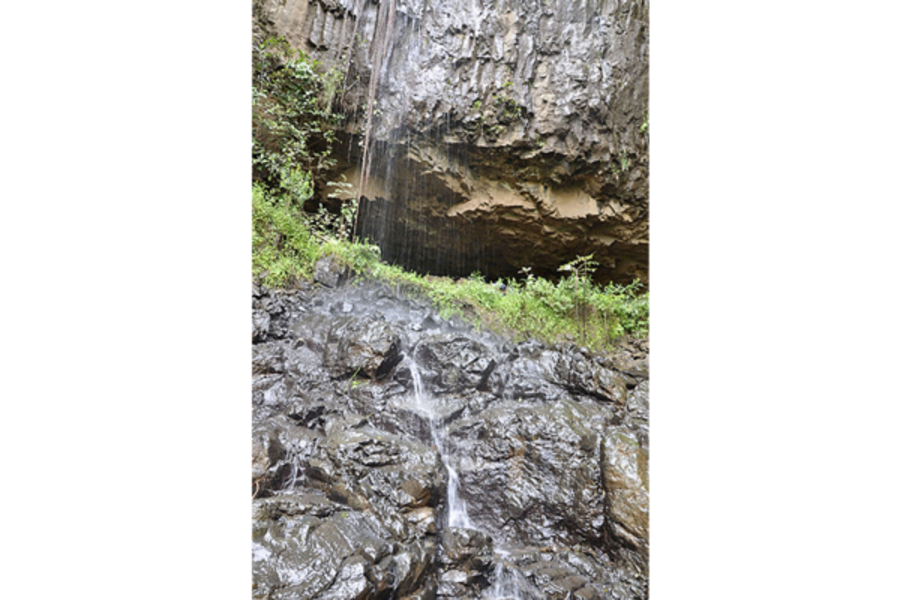What genome of ancient Ethiopian skeleton tell us about reverse migration
Loading...
An ancient skeleton of an Ethiopian man has given researchers clues about human migration back into Africa some 3,500 years ago.
DNA retrieved from the 4,500-year-old skeleton suggests a large migration of people from the ancient Middle East into the Horn of Africa, researchers say in a new study, published in Science.
The skeleton unearthed from the Mota Cave in the Ethiopian Highlands has allowed researchers a rare glimpse into ancient African DNA. In recent years researchers have been able to isolate pieces of the genomes of European Neanderthals in modern humans and study the genes of prehistoric herders from Asia and Paleoindians from the Americas, but Africa's humid climate left little ancient DNA for scientists to find. “Africa was left out of the party,” says anthropological geneticist Jason Hodgson of Imperial College London.
Africa is considered to be the cradle of humanity and the staging ground for humans migrations around the world. But, the researchers say, these remains show that DNA from humans on a reverse-migration back to Africa reached deep into the continent, spreading even to groups considered isolated, such as the Khoisan of South Africa and the pygmies of the Congo.
“Roughly speaking, the wave of West Eurasian migration back into the Horn of Africa could have been as much as 30 per cent of the population that already lived there – and that, to me, is mind-blowing,” Dr. Andrea Manica, senior author of the study from the University of Cambridge’s Department of Zoology told the Telegraph.
“The question is: what got them moving all of a sudden?”
In the study, the researchers compared this ancient genome with modern samples. They found that up to one quarter of African DNA has come from interbreeding with Western Eurasians. While those in the far west and south of the continent still have at least five percent of them traceable to the Eurasian migrants.
"The claim that all sub-Saharan Africans today have a substantial amount of ancestry due to back-to-Africa migrations is quite interesting, and while I won't be 100% convinced until I look at the data myself, I think the analyses seem careful and thoughtful,” Prof David Reich, from Harvard Medical School told the BBC.
"While previous studies have documented substantial West Eurasian ancestry in some sub-Saharan African populations, including Nigerians and Khoisan from southern Africa, if the findings of this paper are right, they are important because they extend these claims to populations that were previously thought to have little or no West Eurasian ancestry, for example Mbuti hunter gatherers from central/east Africa," he added.







